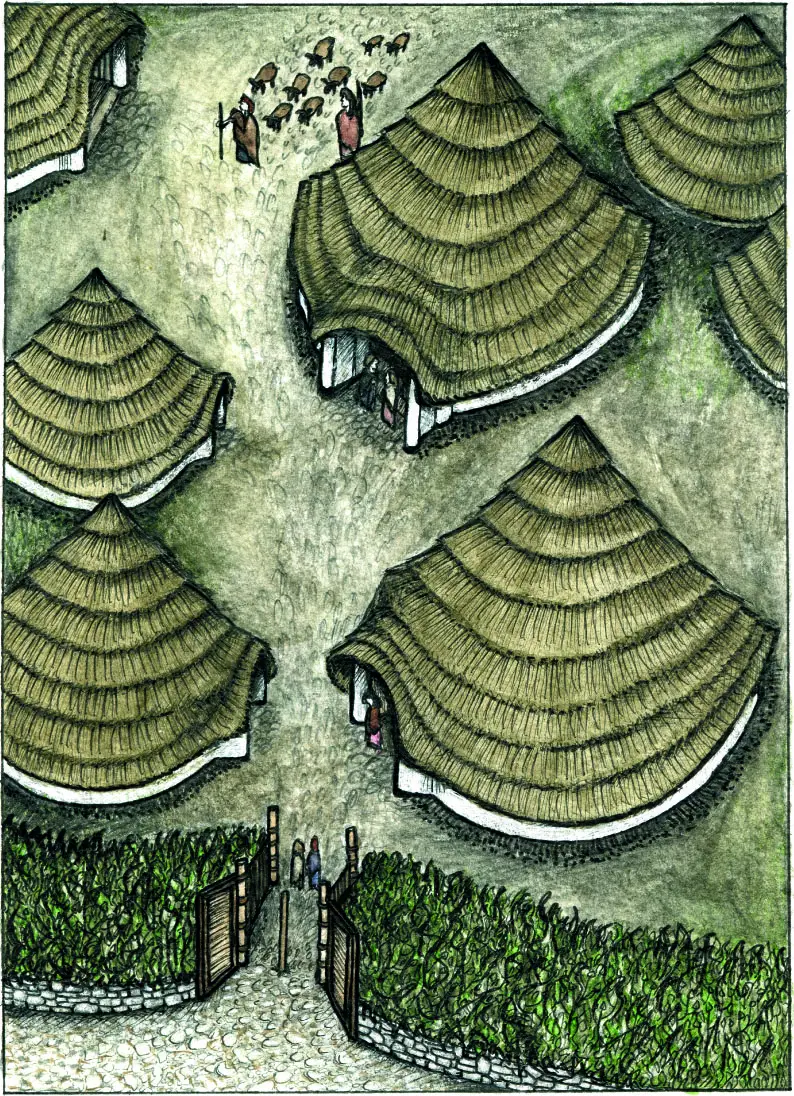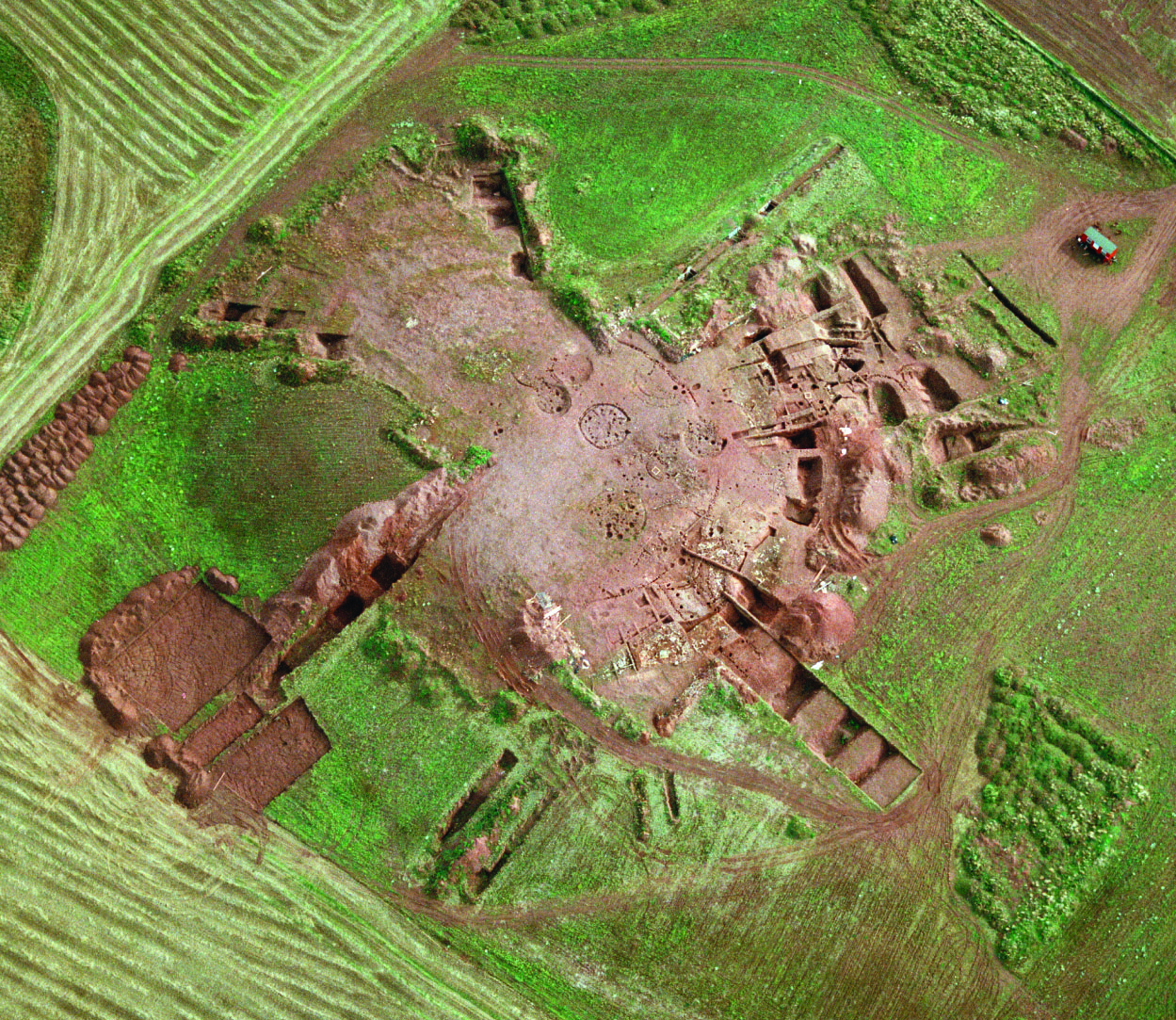Archaeologists have identified examples of the earliest use of steel in the British Isles from a site in East Lothian. The site, an Iron Age hill fort known as Broxmouth, was excavated in the 1970s, however the discoveries are only now being published.
As part of the re-examination of the findings at Broxmouth, new analysis of some iron artefacts has found that they can be dated to 490-375BC. Made from high-carbon steel which had been deliberately heated and quenched in water, the artefacts are the earliest evidence of sophisticated blacksmithing skills in Britain.
Experts are heralding the discovery as particularly significant for the insight it offers into not only the early development of such advanced manufacturing skills, but what it may tell us about social organisation at this time.
Technical skills at this level would only be achievable by specialist metalworkers who devoted their lives to perfecting and developing their craft – some might say the first example of a Scottish ‘knowledge economy’.
Such specialisation could only have happened with the practical support of the wider community at Broxmouth and beyond. It is a poignant start to the story of steel manufacture in Scotland, one of the great industries of the 20th century.
Broxmouth was occupied from the early Iron Age right through to its abandonment during Roman occupation, nearly 1,000 years later. Remarkably well-preserved roundhouses, elaborate hill fort entrances and an exceptionally rare Iron Age cemetery are among the other exciting discoveries made at the site.

One of the most comprehensive excavations of any Iron Age hill fort in Britain, a generation of Scottish archaeologists learned their trade at Broxmouth. The near-total excavation of the site marked one of the first major rescue projects in Scotland; it is now entirely gone, with a cement works in its place. Like many projects of its time it remained unpublished until now.
In 2008 a new project was set up at the University of Bradford to write up the findings of the excavation. Published this month by the Society of Antiquaries of Scotland and funded by Historic Scotland and the Arts and Humanities Research Council, An Inherited Place: Broxmouth Hillfort and the South-East Scottish Iron Age by Ian Armit and Jo McKenzie sets out the full results of the Broxmouth project for the first time.
Fiona Hyslop, Cabinet Secretary for Culture and External Affairs said: “Broxmouth has a special place in the history of Scottish archaeology, and of the many interesting discoveries to come out of it, evidence of the earliest use of steel in Britain is particularly exciting. The manufacture of steel is a complex and skilled process. That it was being produced in Scotland as early as 490BC serves to emphasise that this early community was sophisticated and highly skilled, and that those skills were passed down through the generations.”

Dr Gerry McDonnell, an expert in archaeological metals and a specialist involved in the project said: “The process of manufacturing steel requires extensive knowledge, skill and craftsmanship. It is far from straightforward, which is why such an early example of its production tells us so much about the people who once occupied this hill fort. It points to an advanced, organised community where complex skills were refined and passed on.”
An Inherited Place: Broxmouth Hillfort and the South-East Scottish Iron Age by Ian Armit and Jo McKenzie is available from the Society of Antiquaries of Scotland at www.socantscot.org for £35 and £30 to members of the Society.
Header Image : An aerial photograph of the excavation at Broxmouth, taken before the site was covered over. Credit : Historic Scotland
Contributing Source : Historic Scotland




